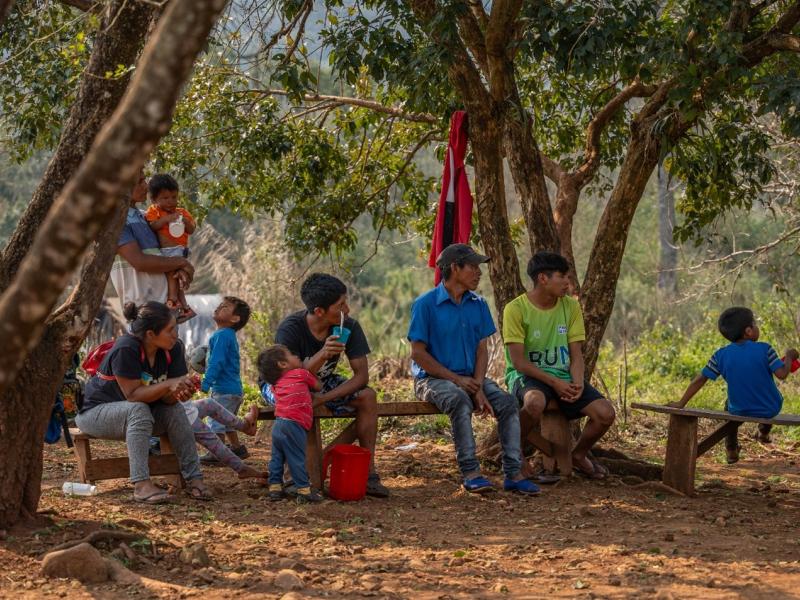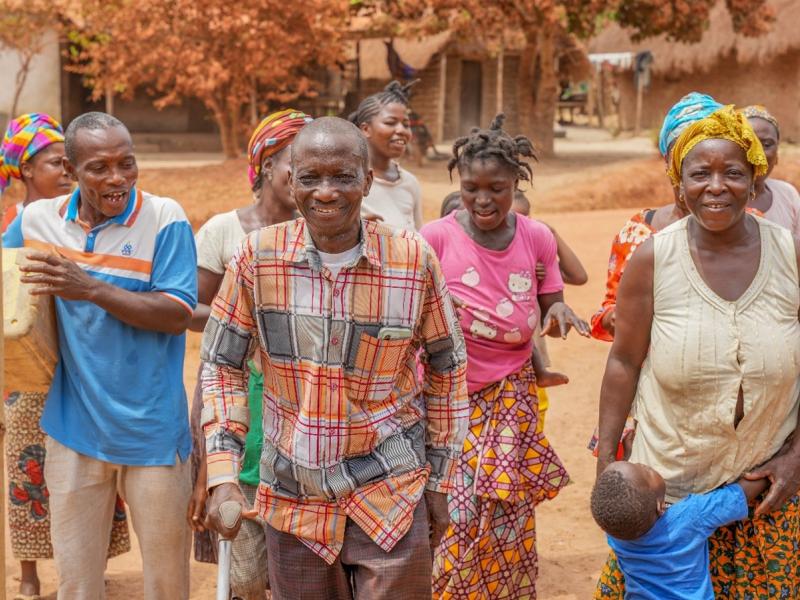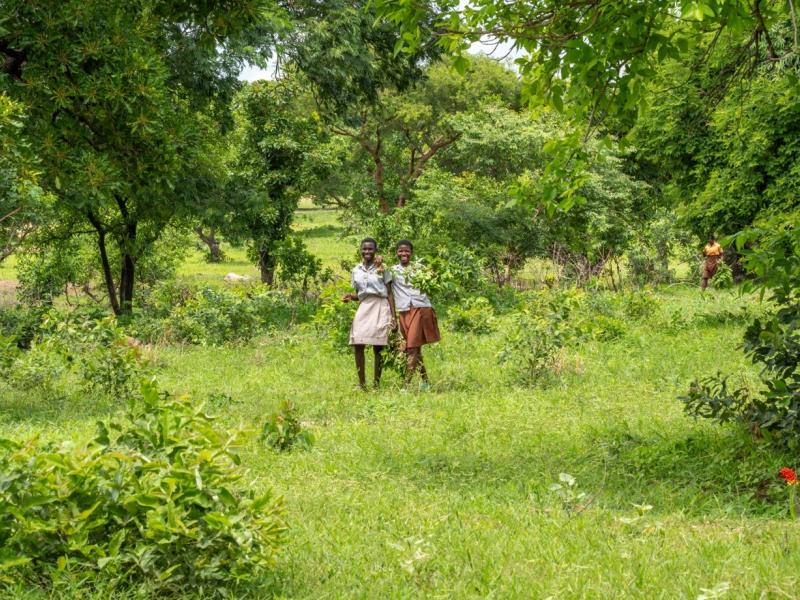Photo: Cong Thuong Viet Nam
An innovative forest project spanning across four diverse Asian countries is putting local and indigenous communities at the centre of a restoration and monitoring drive that focuses on biodiversity and endangered tree species.
Led by the UN Environment Programme (UNEP) and funded by the Korea Forest Service (KFS), the Sustaining an Abundance of Forest and Ecosystems (SAFE) project was launched last year and will run until 2030 in Bhutan, Cambodia, Lao PDR and Viet Nam.
The unique pilot scheme has selected the degraded forest areas in each country to be replanted, managed and monitored by minority groups and national agencies working together, with consultations now being conducted on the ground with all stakeholders.
Implementation of the scheme – which also includes enhancing livelihoods for forest communities - will kick start in early 2025 with the potential to scale up regionally thereafter.
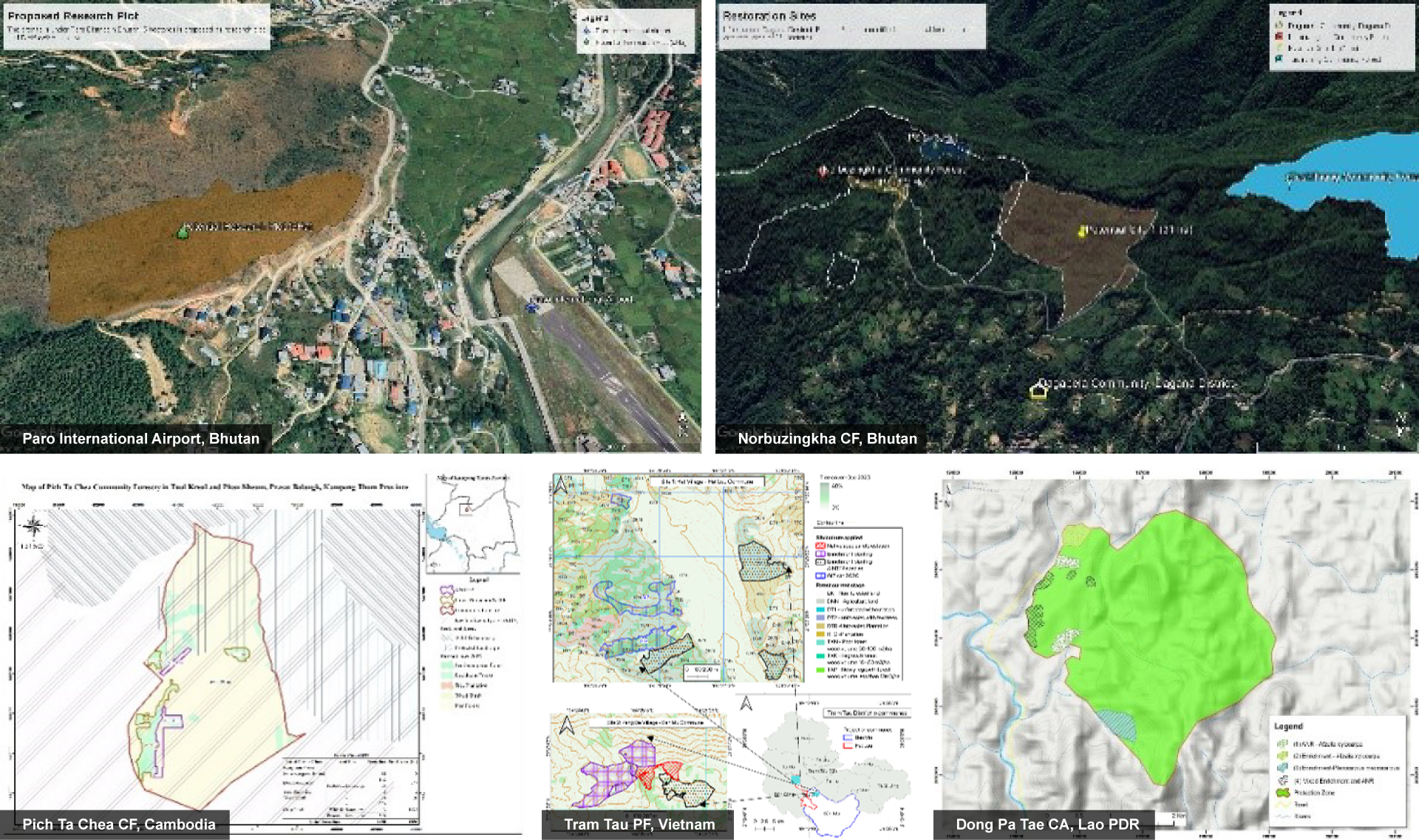
“We are trying to approach forest restoration through different angles,” said Alexis Corblin, a technical advisor for the UN-REDD Programme for Asia-Pacific and manager of the SAFE project.
“Innovative but complimenting each other. This multiple-angle approach is what makes the project more unique,” Colombo-based Corblin added.
Improving the protection and restoration of natural areas, be they forests, wetlands, grasslands, or oceans, is crucial for maintaining the biodiversity on which animals and humans depend on while aiding global climate goals.
The destruction of rainforests is a huge threat to climate action and the Paris Agreement’s aim of holding the increase in the global average temperature to well below 2°C and pursuing efforts to limit it to 1.5°C.
Nature-based solutions– including forests - absorb about a third of planet-warming carbon dioxide emissions produced worldwide, but release carbon back into the air when they rot or are burned.
Forests also help combat air pollution, provide clean water, support human health, are a vital habitat for wildlife, provide livelihoods and food for Indigenous Peoples and communities living near them, guard against flooding, and mitigate heat risks.
With a focus on endangered tree species listed on the International Union for Conservation of Nature Red List but also including selected commercial species, the SAFE project will work on degraded forest land in Dagana district in southern Bhutan, the Prey Ta Chea Community Forest in Cambodia’s Kampong Thom province, the Dong Pa Tae in Lao PDR’s southeastern Sekong province and the Community Forest Areas of Ban Mu and Hat Luu Communes in Tram Tau Protection Forest of Tram Tau District in Viet Nam.
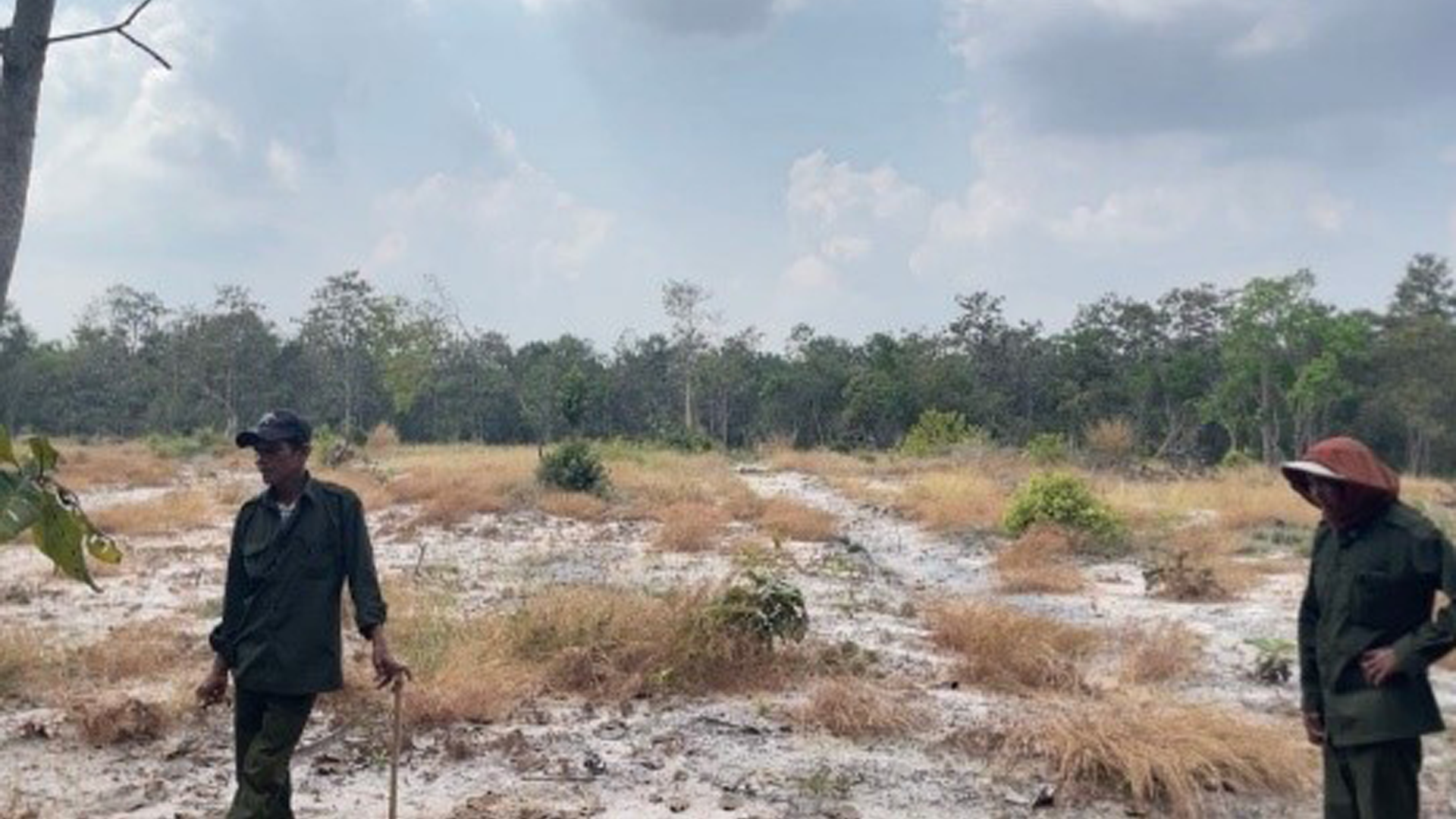
Tsheltrim Dorji, a senior forestry officer at Bhutan’s Department of Forests and Park Services said illegal logging to make furniture was a key driver of deforestation in Dagana.
The local community there are mostly made up of farmers who depend on their forests to grow fruits, cardamom, and other sustainable crops.
“It’s a critical project. We currently have about 69 percent of the country under forest cover and the constitution states that 60 percent should remain forested,”
Tsheltrim Dorji | Senior Forestry Officer | Department of Forests and Park Services, Bhutan
“This will be the challenge. If you visit Bhutan, especially in the western area, there are so many degraded areas,” he said, citing low rainfall and the region’s steep slopes as critical challenges to overcome for successful forest restoration.
“People from around the globe are looking to Bhutan as an example of conservation success. Bhutan is a carbon-negative country, so forests are a very critical sector,” he added.
The 1,800-hectare area chosen by Cambodia for the SAFE project is already highly degraded and threatened by land encroachment for farming expansion, said Thuch Phalla, Deputy Director of the Department of Forest Industry and International Cooperation of the Forest Administration in Cambodia. “The plan is to finish a community-led forestry management plan by the end of the year”.
“We need support from the local community to monitor,” he added.
In Lao PDR’s Sekong province, the lush forests are home to Asian elephants, leopards, sun bears and the red-shanked douc primates but illegal hunting, logging and slash-and-burn clearing for agriculture expansion are also a real threat.
But Xaysompheng Sengkhamyong, a deputy director in the planning and cooperation division of the country’s department of forestry, said there was already strong support from the government, local communities and other stakeholders for the SAFE project.
“The objective of this project is to protect and restore the endangered tree species,”
-Xaysompheng Sengkhamyong | Deputy Director - Planning and Cooperation Division, Department of Forestry Lao PDR
“We have consulted with village authorities and mostly received strong support,” he said, adding that despite the government’s limited conservation budget, forest communities were being trained to be more sustainable and issued with land titles.
While there are currently strong forest monitoring systems in most of the project countries, forest restoration monitoring is often weak and UNEP will look to improve ground to national-level restoration monitoring and reporting, said Corblin at UNEP.
The aim is to train people and streamline and upgrade current forest monitoring systems to add restoration monitoring, he said, adding that regular regional events would be organised to provide a platform for countries to share best practices.
The SAFE project mirrors the conservation and restoration model favoured by backers the Republic of Korea, including a long-term vision and commitment, diversification of species and ecosystems, and the important role of local communities in these initiatives, said Corblin. Understanding the forest transition of the Republic of Korea provides a starting point for other countries, to develop strategies to recover their forest conditions too, he added.
The UNEP project and the UN-REDD Programme's mission also converge on the vital need to stop and reverse deforestation to avoid the worst impacts of the climate crisis. Equitable benefit-sharing schemes are also fundamental to forest conservation efforts and are championed within the UN-REDD framework.
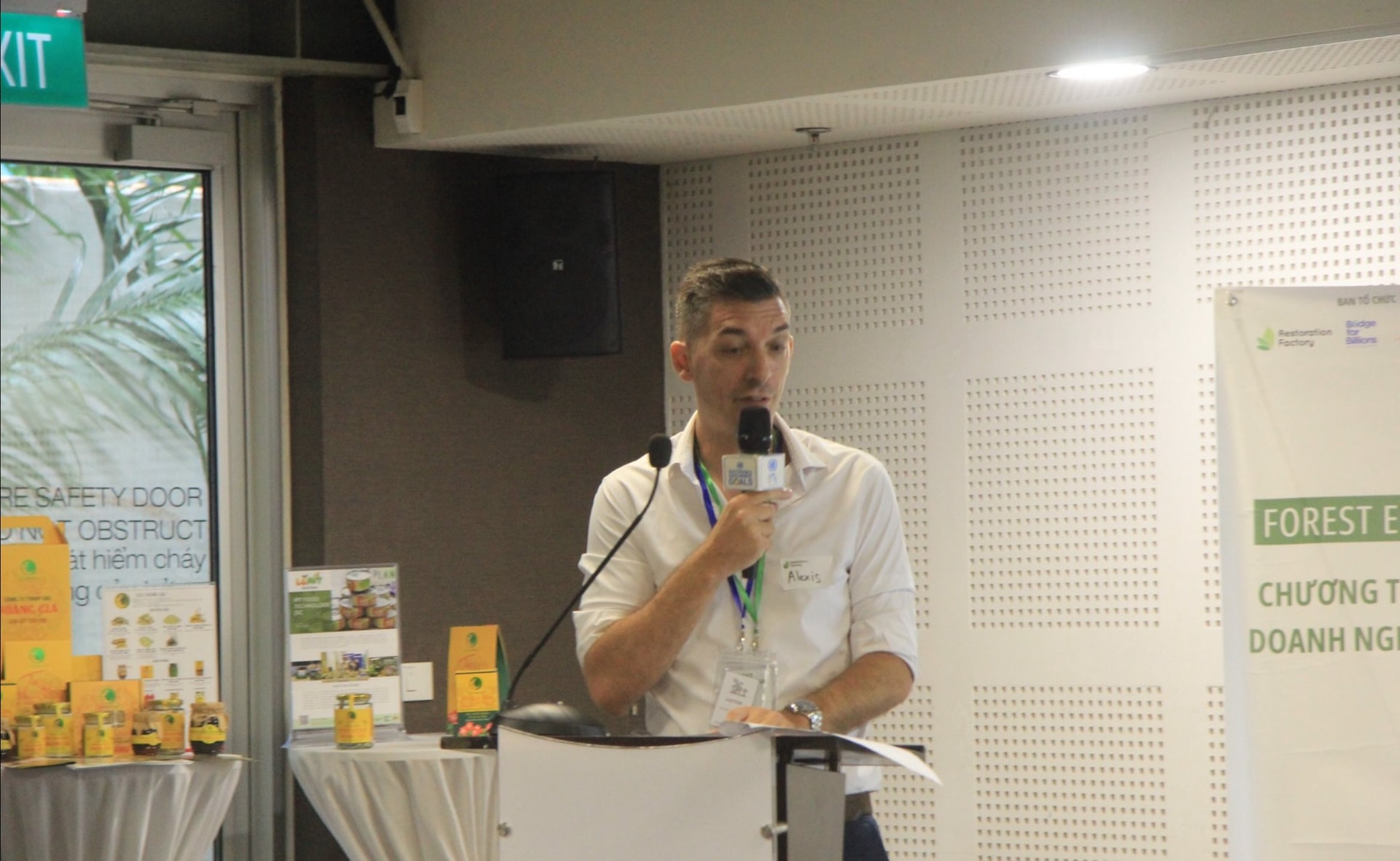
“We want to do the best restoration ever in those countries because the needs are big. We want to ensure that this project is not another one-shot or small-impact project but instead attracts donors to scale-up activities. If it works, this approach can be replicated in much bigger areas and benefit many more people. -
- Alexis Corblin | Technical Advisor, the UN-REDD Programme for Asia-Pacific

